There are many outdoor patio tile ideas that include natural and synthetic materials, cut into uniform shapes and thicknesses, and set over a solid, level base.
The vast majority of outdoor patios are constructed with some form of masonry, such as poured concrete (sometimes painted or stamped) or brick or stone paving products.
But it is also possible to apply tiles on the patio, an option that gives you more design options. When a concrete slab or brick patio is getting old, tiling can be a great way to spruce it up. Retailers that carry tiles for exposed outdoor applications often carry a dizzying array of products, including some you might not have considered for outdoor use.
Your decision on the right product will largely depend on your climate and application. For example, unsealed mineral tiles that are suitable for the very dry climate of Arizona are not suitable for the humid climate of Maine, where winter temperatures are cold.

Due to the wide variety of materials available and differences in labor costs from region to region, estimating the cost of a tiled patio can be difficult. However, the normal average shows the following:
Clay Bricks (Porcelain, Ceramic, Mineral): Material prices range from $2 to $30 per square foot. Labor ranges from $4 to $14 per square foot.
Natural Stone Tiles: Material prices range from $5 to $35 per square foot. Work from $8 to $20 per square foot. The cheapest options are sandstone, limestone and travertine. The most expensive options are talc, granite and slate.
Synthetic and Wood Tiles: Plastic, rubber, or carpet tiles average about $3 per square foot. Most people install these materials themselves. Wood floor tiles average $8-12 per square foot and laminate floor tiles cost about $4-8 per square foot.
When shopping for outdoor patio tiles, talk to a sales representative at a tile retailer. When explaining your needs, emphasize that you will be using the product outdoors. Products suitable for outdoor use can vary greatly from region to region.
In general, cooler, wetter climates will have a more limited selection of materials, especially with freeze-thaw cycles. Your best bet is to buy from a store that specializes in outdoor patio tiles and possibly offers installation services.
These retailers will be very interested in making sure your installation stops over time and should steer you away from products that aren’t right for your application. An initial consultation with the landscaping contractor who will build the outdoor patio can also be helpful. A discussion with the contractor will determine which type of tile is best for your situation.

Whether or not you decide to hire a contractor, you’ll have a good idea of your options. While many of the same considerations used for indoor tiles also affect choosing outdoor patio tiles, there are a few things to keep in mind first:
Resistance: Unlike tiles used for interior walls and floors, outdoor tiles must have a certain strength and be able to withstand a wide range of temperatures and weather conditions. Their power depends on your expected level of use. A patio for a quiet retired couple has different materials than a family with active tossing kids.
Budget: A patio can be a very large space, and covering it with luxury tiles is much more expensive than furnishing smaller indoor spaces such as bathrooms. Therefore, cost is a very important factor when choosing patio tiles. Prices can vary widely, from as little as $1 per square foot for materials such as carpet tile or base tile to as high as $50 per square foot to install an advanced flagstone or soapstone patio.
Style: Outdoor patios should match the overall landscape as well as the architectural features and materials of the home. Choose materials whose color and texture are in harmony with the overall appearance of your property.
Texture and slip resistance: The texture and layers of softneof ss are much more important in exterior applications than in interior tiles. Moisture is often present on outdoor patios, and the texture of the tiles should provide some “teeth” to prevent users from slipping. A non-slip surface is essential for outdoor tiles, which is why some material choices have been omitted. The surface texture of your patio can also affect your choice of patio furniture.

Weather conditions: If you live in an area that is prone to freeze and thaw cycles, you need an outdoor patio slab that can withstand extreme temperature changes. For example, porcelain has very little water absorption, while stoneware is quite porous. If water is absorbed by the tile and the water freezes, this process can crack the tiles or destroy the joints between the tiles.
Lighting: Although not often recognized, the amount of sunlight the patio receives can affect the selection of the best tiles. Bright and sunny spaces need darker tiles, while dark and shadowy areas should use lighter materials to brighten up the space.
DIY Friendly: While any of these tiles can be installed by someone with average skill and a little energetic ambition, some are better suited than others. For example, natural stone is very heavy and difficult to cut, while other options such as patio tiles, rubber or interlocking plastic are easy to install. In general, anyone familiar with indoor tile installation can install a tiled patio, although the methods and materials may vary slightly.
Below, we’ll explain the details of each tile and what to consider when choosing the best tile for you and your patio.
Sandstone tiles
Best for: Dry, frost-free climates Sandstone, another sedimentary rock, even softer than limestone, suffers from the same limitations. It consists of layers of sand that are compressed over time and have a beautiful texture. Stoneware is very soft and scratches easily and needs regular sealing to prevent staining and water leakage.

This is another ideal stone for patios in dry climates that don’t have a winter freeze-thaw cycle. But it is generally much cheaper than limestone and other natural stone tiles. Sandstone is another natural stone product that is available as irregular slabs for exterior paving in sandstone installations.
Travertine tile
Best for: High level decks in dry climates.
Travertine is a natural sedimentary stone with beautiful texture and color. This stone, which is considered a type of limestone, is mined around the natural deposits of the mineral spring.
Although very attractive and hard, it has a slightly porous surface that can collect dirt unless it is polished and smooth. Highly polished travertine can be exceptionally slippery when wet. The quality of travertine varies greatly depending on where it is mined. For terrace use, Turkish or Italian travertine is considered more impermeable than Mexican or Chinese stone.
Soap stone tile
Ideal for: Any weather. Water and stain resistance is essential.
Named for its silky smooth texture, soapstone is a non-porous natural stone that is highly water and stain resistant. It has high thermal resistance, which makes it suitable for very hot climates.
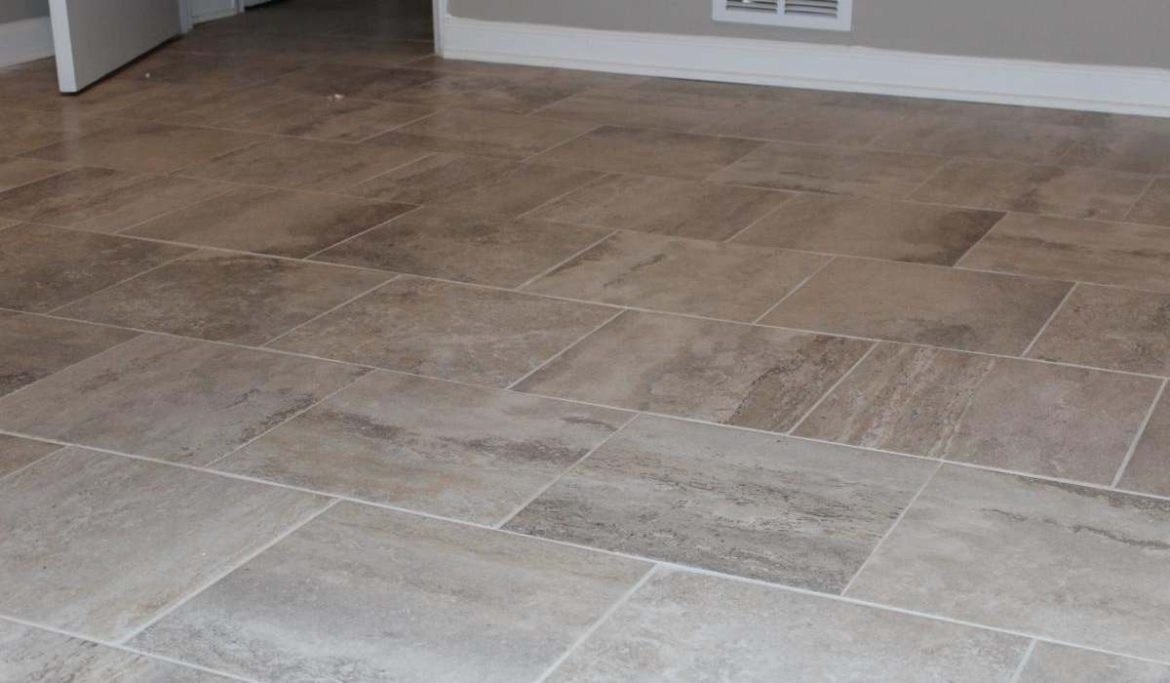
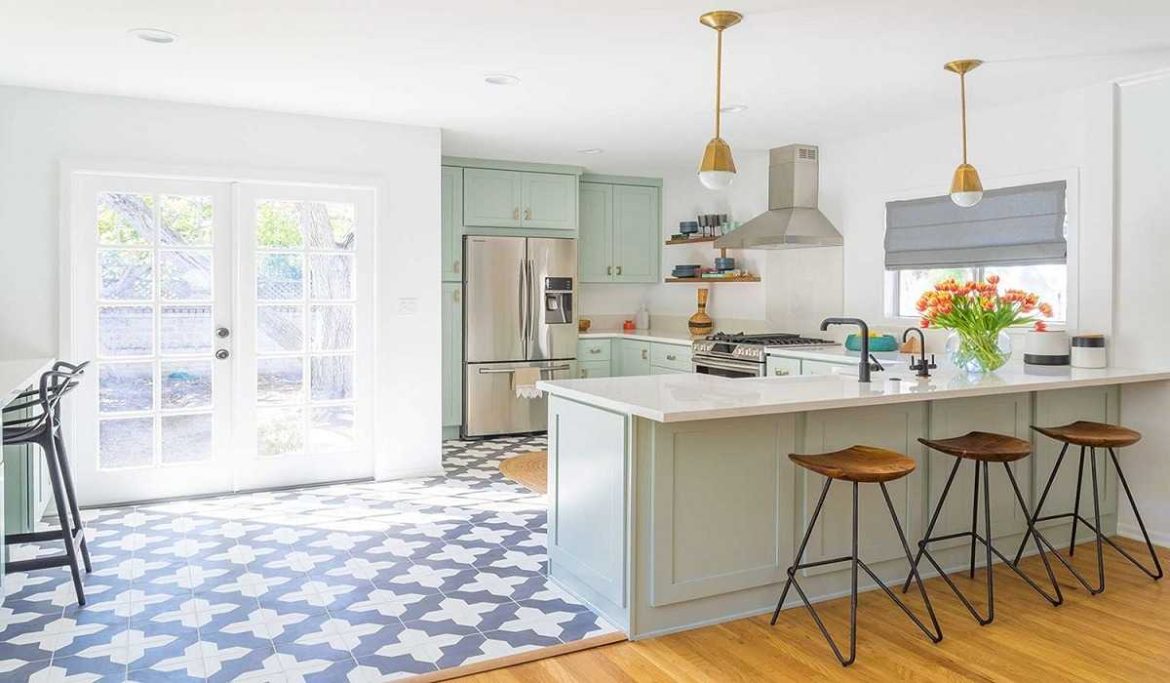
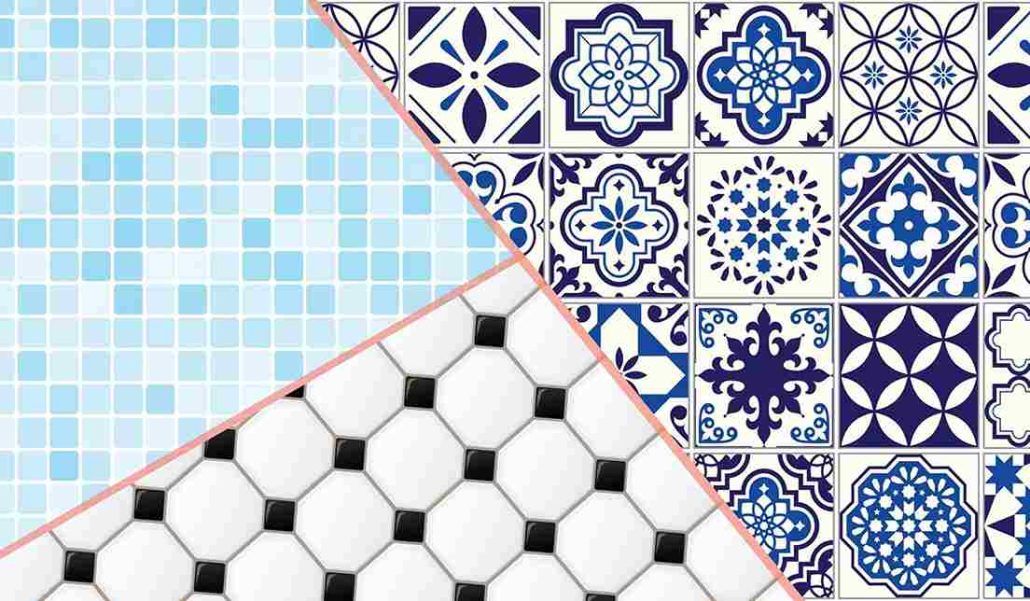
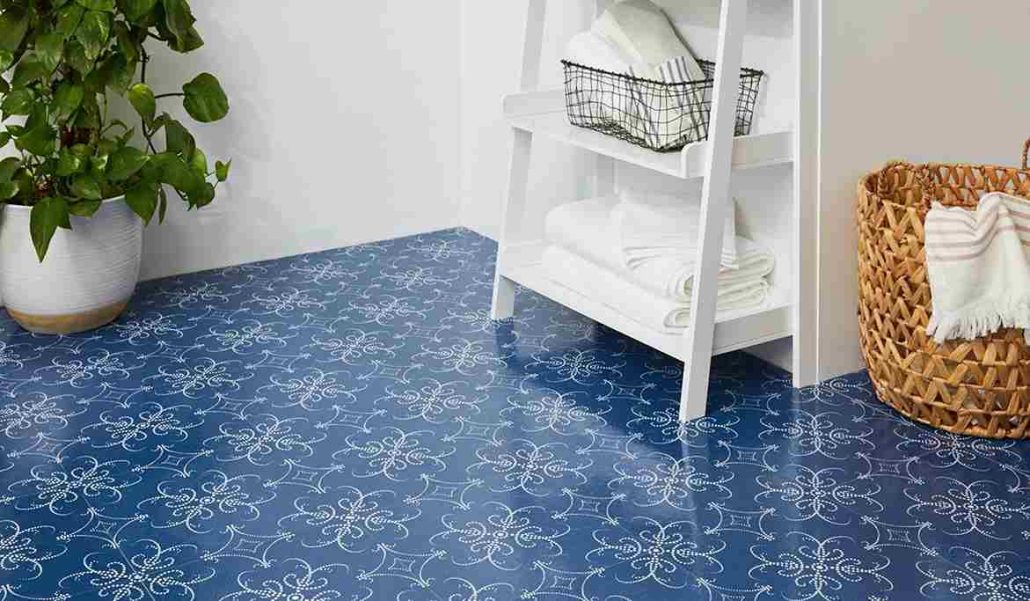

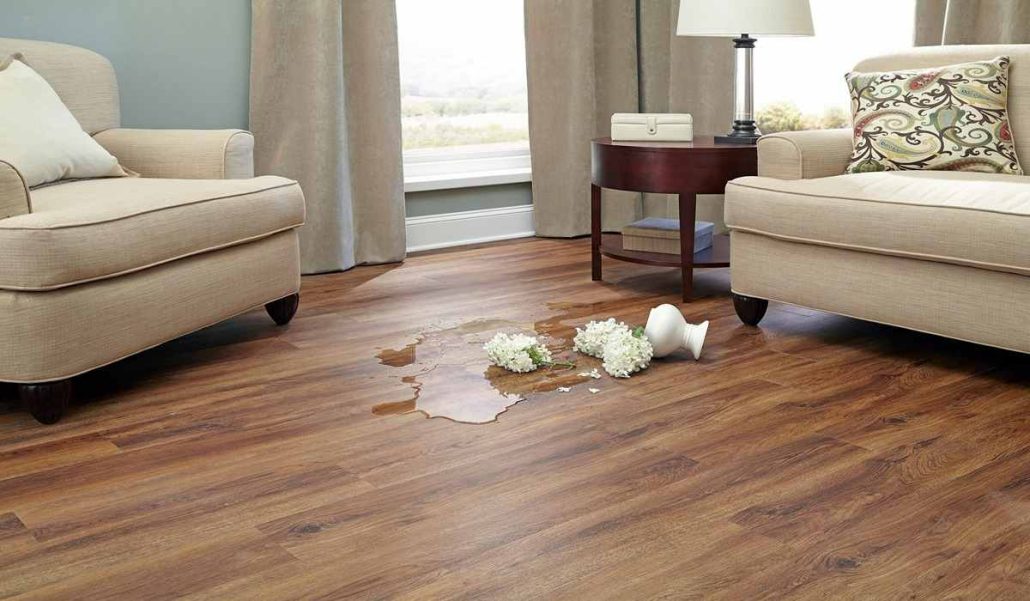
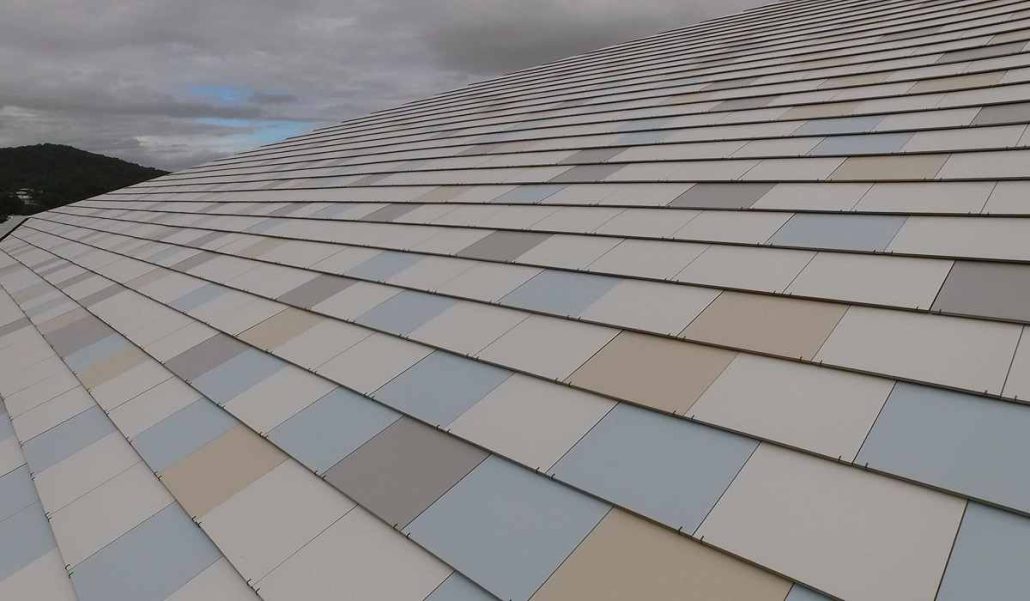
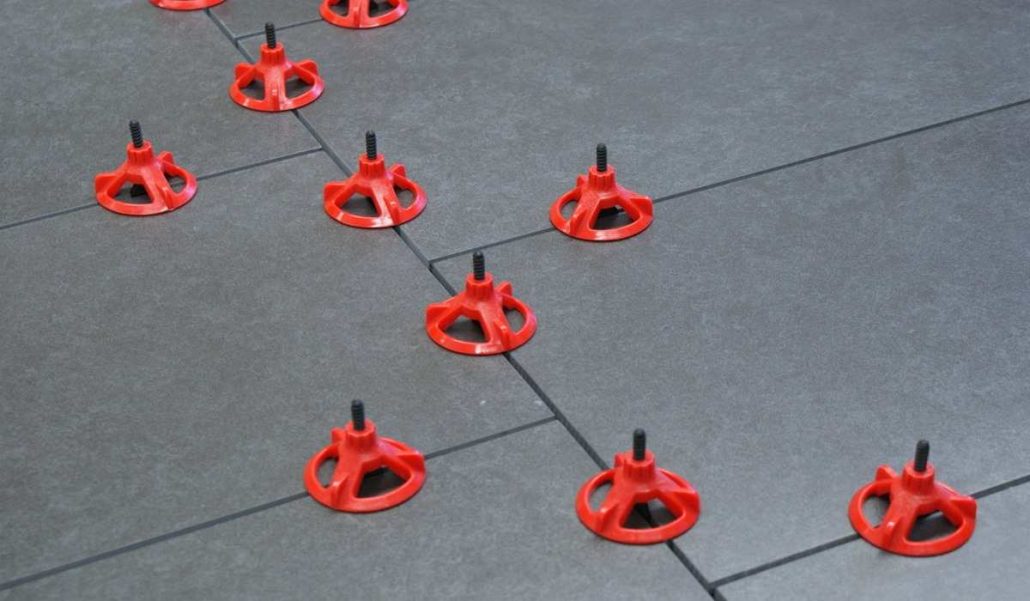
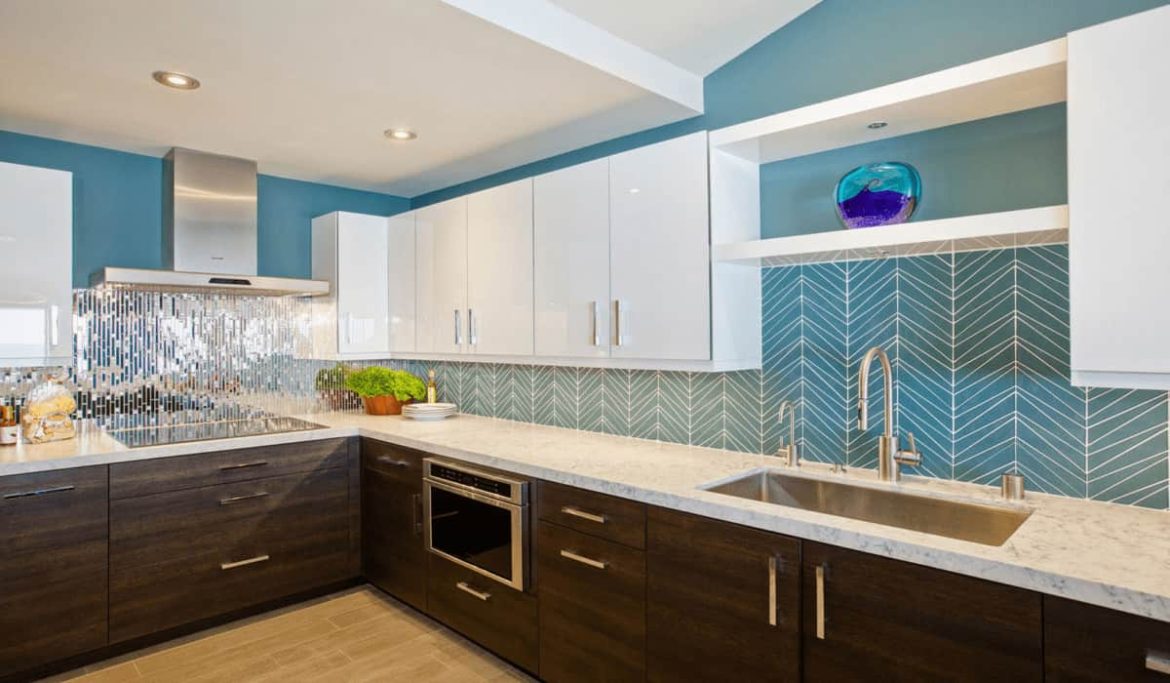
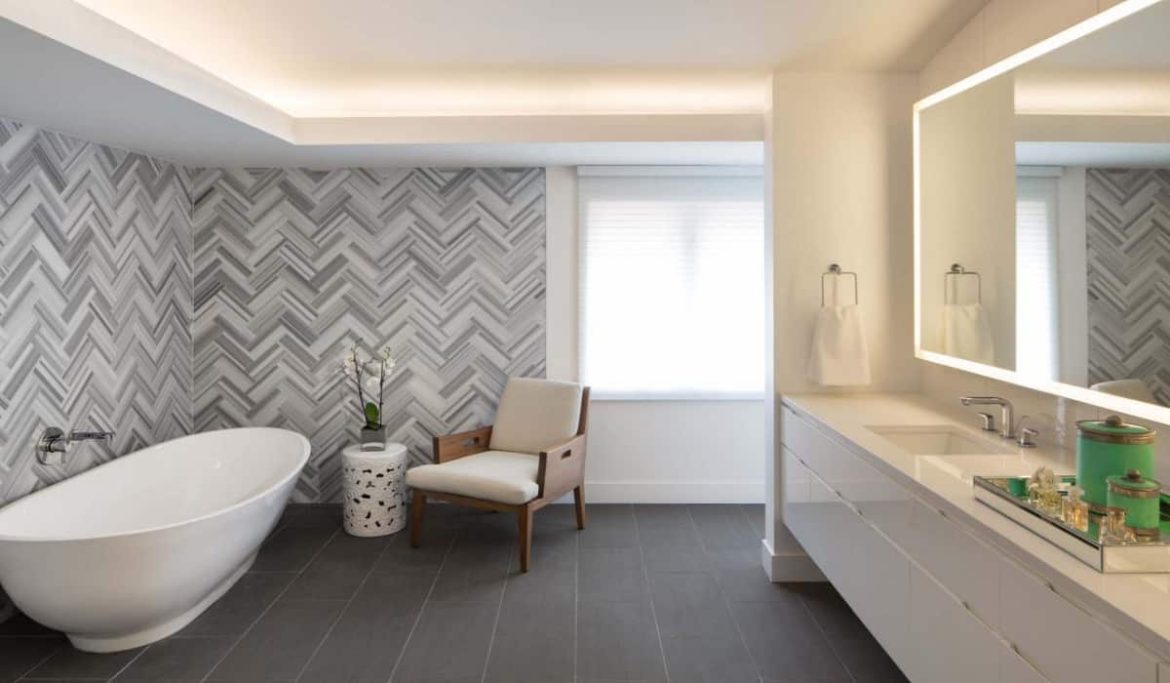
Your comment submitted.